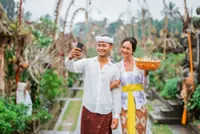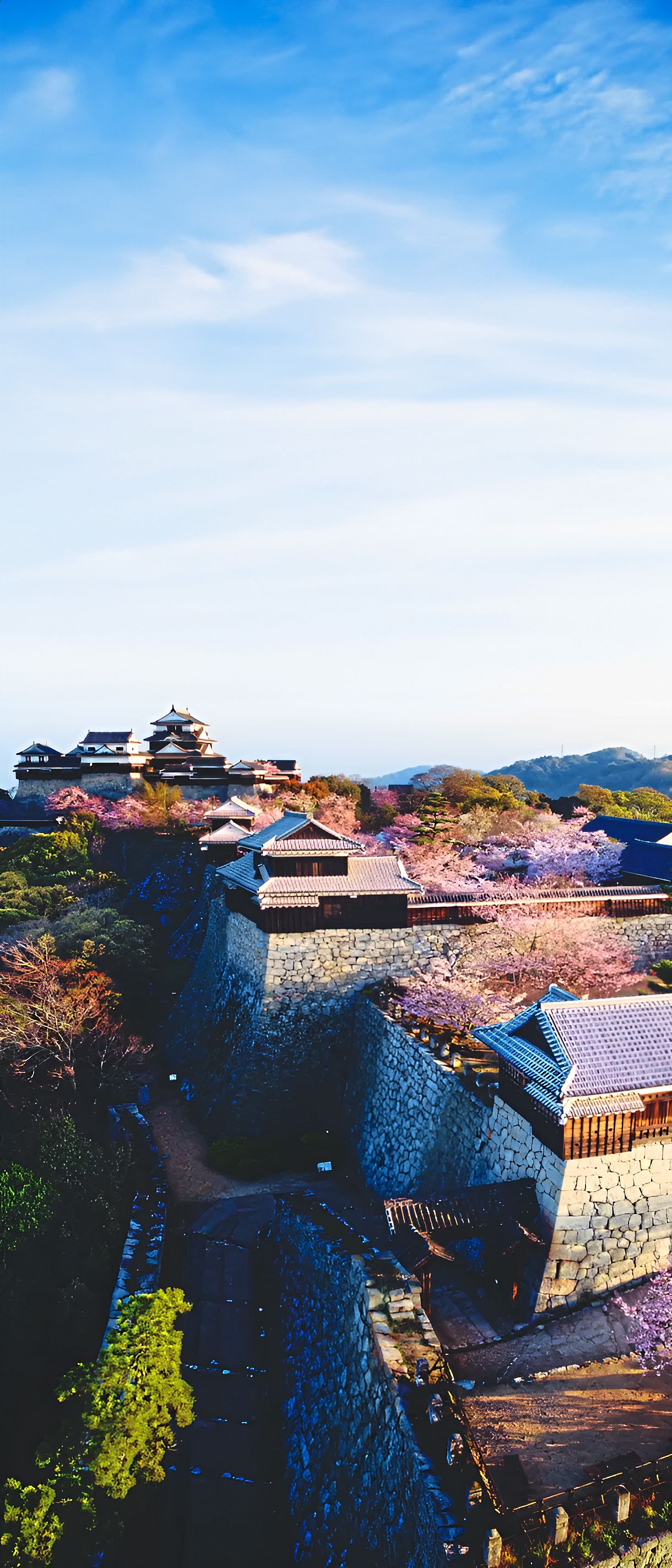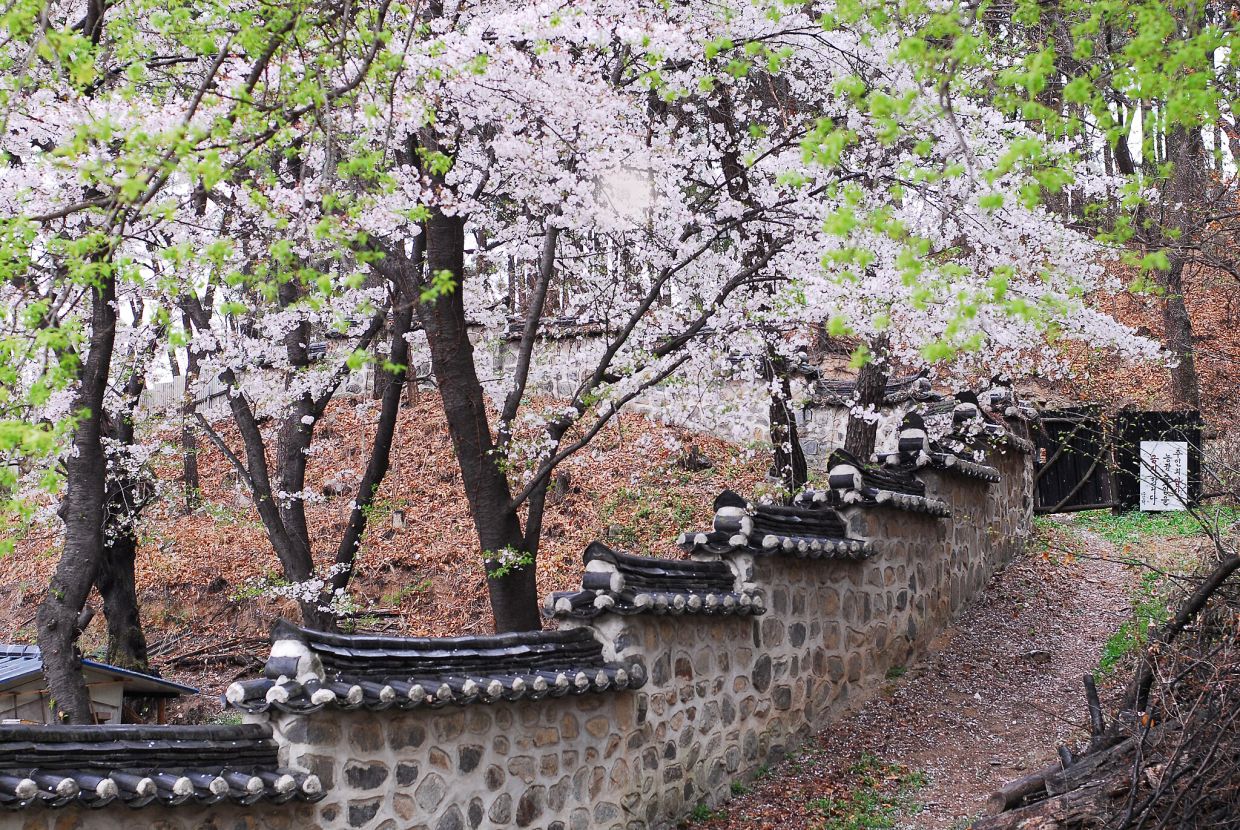Blossom Valley is an annual cherry blossom festival in Upper Hutt, New Zealand. — Blossom Valley website
Springtime means sakura season, which also means the inevitable cherry blossom crowds that you will encounter where the delicate flower blooms.
Whether it’s the passers-by walking along with their phones trained on the blooming trees, or the friends and family enjoying hanami (sakura viewing) picnics, there’s no avoiding the sea of sakura appreciators, especially during peak season.
If you’re a cherry blossom ... cherisher, too, and would like to enjoy viewing the blushing beauty in a more serene surrounding, consider going where the crowds don’t go.
Jostling for space won’t be an issue at “lower density” areas, even if the country you ended up in happens to be one of the most popular for sakura.
Remember that timing is everything too. Full bloom will of course mean a bigger crowd to deal with. So, if you’re content with only a few pink trees instead of a sea of them, visit when it’s not at the peak of the season.
Or, opt to go very early in the morning. Usually only a few locals would be in the parks for their morning exercises, but most tourists and cherry blossom admirers have yet to wake up by then.
Other than timing, it’s about location, too. Here are a few suggestions if you’re looking for a change of pace in your sakura chasing adventures.
Closer to home
You don’t have to go large from the get-go. Start small by getting acquainted with the cherry blossoms and springtime chill in South-East Asia first.
Think of it this way: the closer it is to home, the shorter the flight and the smaller the budget you’ll need.
For a few of our neighbouring countries, sakura-filled spring season is an annual occurrence. Chiang Mai in Thailand is one of the most well-known places for this. The northern parts of Vietnam, Myanmar and Laos are also good spots to check out, along with certain areas in the Philippines and Indonesia.
The latter may not be immediately associated with the popular flower, but it is found in its colder regions, like West Java and East Sumba.
Cibodas Botanical Garden in West Java province’s Bogor is Indonesia’s oft-mentioned cherry blossom spot, owing to the fact that it has its own Sakura Park.
The designated area for sakura holds seven species of the flower, which blooms not just once – but twice a year. So, you can take your pick of visiting either from January to February, or July to August.
Of course, the fleeting nature of the delicate flower means peak period lasts only a few days. But even in the later parts of the months that it is in bloom, you can catch the stragglers – the late bloomers dotting the park.
Hey, even one pretty-in-pink tree will do for that coveted springtime photo opportunity.
If Thailand is still your go-to for South-East Asian sakura, but you want an East Asian vibe to your spring getaway, head to either the Japanese Village in Ayutthaya or Korean garden in Kanchanaburi.
The establishment of the Thai-Japanese Association in 1935 was what led to the creation of the Japanese Village, which nowadays will hold a Hanami Festival every springtime in Thailand.
The festival’s dates vary every year, with the 2025 edition held from January to February. For reference, the past two years’ festival had been held in early to mid-April.
Meanwhile, Kanchanaburi’s Korean-themed garden Won Dae Song is relatively new.
Opened in 2021 during the pandemic, back when Thailand was still limiting travels beyond its borders, the garden is the brainchild of a Thai businessman who saw an opportunity to bring Korea to the Thai people who missed visiting one of their favourite destinations.
It has since been among the local favourites for cherry blossom viewing.
You can even dress up in a hanbok (Korean traditional costume) that’s available for rent, or simply enjoy the view as you sip on a cup of iced Americano at the cafe.
Out of season
To really beat the crowd during cherry blossom season, go when it’s not springtime.
Okay, technically, it will be spring, just not at the typical sakura destinations like Japan and Korea. We’re talking springtime in the Southern Hemisphere.
Australia and New Zealand both boast pretty pink places to visit, but they’re barely brought up in sakura-themed vacation conversations.
Sydney, one of the biggest cities in Australia, has quite a few sakura spots. There is even an annual Sydney Cherry Blossom Festival that’s held typically between mid- and late August, coinciding with the city’s August-September sakura bloom.
The festival is held in the western Sydney suburb, Auburn, specifically at Auburn Botanic Gardens which has a highly popular Japanese Garden.
Royal Botanic Garden Sydney is another botanical garden worth a visit. Overlooking Sydney Harbour, it is the oldest botanic garden in Australia, which can be explored either on your own, on a guided walking tour, or on a private buggy tour.
By the way, if you’re more into purple than pink, visit this Sydney garden from October to November to catch its famous jacaranda trees – some of which have been around since the 1850s!
New Zealand also has its very own annual sakura festival, namely the NZ Cherry Blossom Festival or Bloss Fest.
Held either in September, October or November at English Cherry Tree Manor, located in the city of Hamilton, the festival is also known as Bloss Fest.
Another spring celebration held yearly in New Zealand is Blossom Valley, specifically at Aston Norwood Gardens in Upper Hutt.
Typically held between September and October, the private garden is a sight to behold when its over 300 cherry trees are in full bloom. Chalets are available for rent if you wish to stay overnight to fully appreciate the blooms from morning to night.
Nighttime also means the chance to see the place in “a whole new light”. Just join the After Dark Light experience and follow the lit-up trail that runs through the garden. The cafe remains open, so you can take a break and sip some hot chocolate under the beautifully lit trees.
Off the beaten track
If you still intend to visit either Japan or South Korea regardless of its “crowd magnet” status, you can spare yourself unnecessary stress by seeking out pockets of places that have cherry blossoms yet are relatively devoid of crowds.
However, you will need to venture out a little further from the usual areas, but that extra distance is exactly what’s keeping the hordes of tourists at bay.
For example, when in Japan, instead of heading to Tokyo, Osaka or Kyoto, head south to Shikoku, the smallest main island in the nation. It is also the least populous and least visited.
One of its most popular sakura spots is the Matsuyama Castle. And even though it is popular, it still won’t be as congested as the ones in the Kansai and Kanto regions.
Late March to early April is the best time to visit to catch the 200 cherry trees on the castle grounds in bloom. The castle’s main enclosure or Honmaru area offers a panoramic view, and the cherry trees here may also be illuminated at night.
Another interesting experience in Shikoku is dipping into the onsen (hot springs) around the island while enjoying the pink-tinted views. The nearest to the castle will be Dogo Onsen. Others include Konpira Onsen and Oboke Iya Onsen.
In South Korea, trade the likes of Seoul, Busan and Jeju for Daejeon. This family-friendly city is less than two hours away from Seoul by car, and just one hour via the KTX high speed train.
As Daejeon remains relatively unknown to foreigners, this warrants a more leisurely cherry blossom viewing experience – the flower typically blooms in late March here.
There are plenty of serene and photogenic areas to visit, one of them being Uam Historical Park. This is where Confucian scholar Song Shi-yeol once taught, specifically at the Namgan Pavilion, whose traditional architecture will add more charm and character to your vacation photos.
There are no hanbok rentals here but you can always pack your own, and you’ll thank yourself for doing so once you see how incredibly stunning your photographs turn out.
Imagine pink petals, stone walls and traditional buildings serving as backdrop, with you blending in while simultaneously standing out in your Korean traditional clothing.
At the very least, dress up in pastel colours to truly fit the spring vibe.
Your post-vacation self will thank you for the aesthetically-pleasing photos, and equally beautiful memories.











